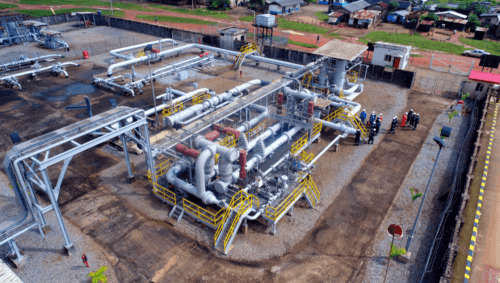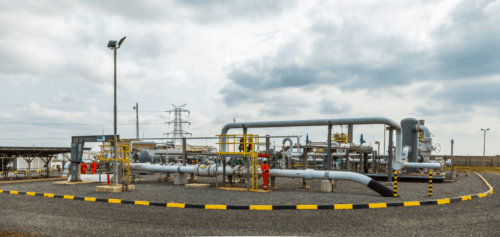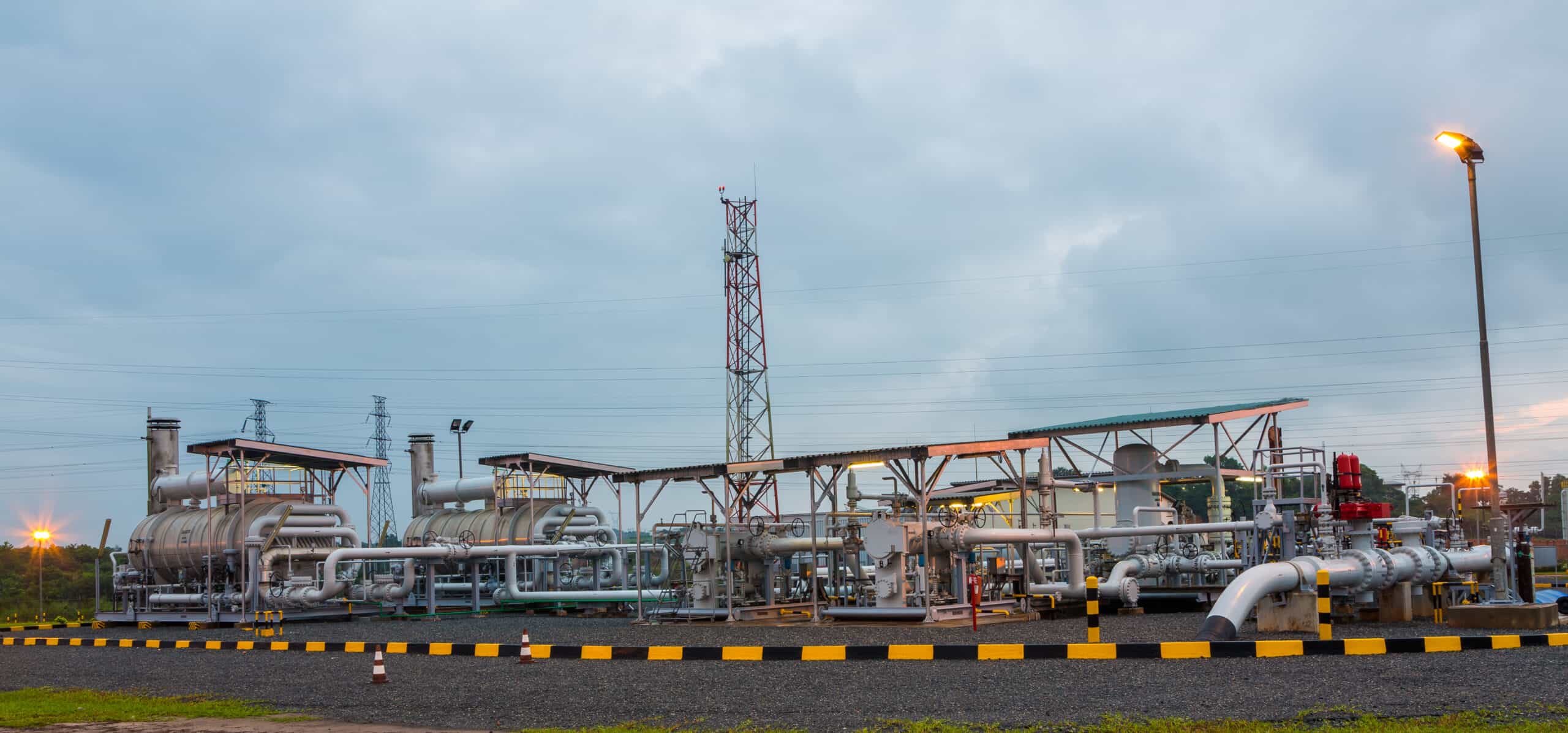Pipeline Safety

Damage Prevention Program


Right of Way Management
Breach of the Pipeline
Impact on Gas Supply
Outlay chart of pipeline
WAGP Offshore Gas Pipeline As-built - Composite Model
Pipeline Protection Zone Coordinates
ANCHORING EXCLUSION ZONE CORRIDOR LIMITS
